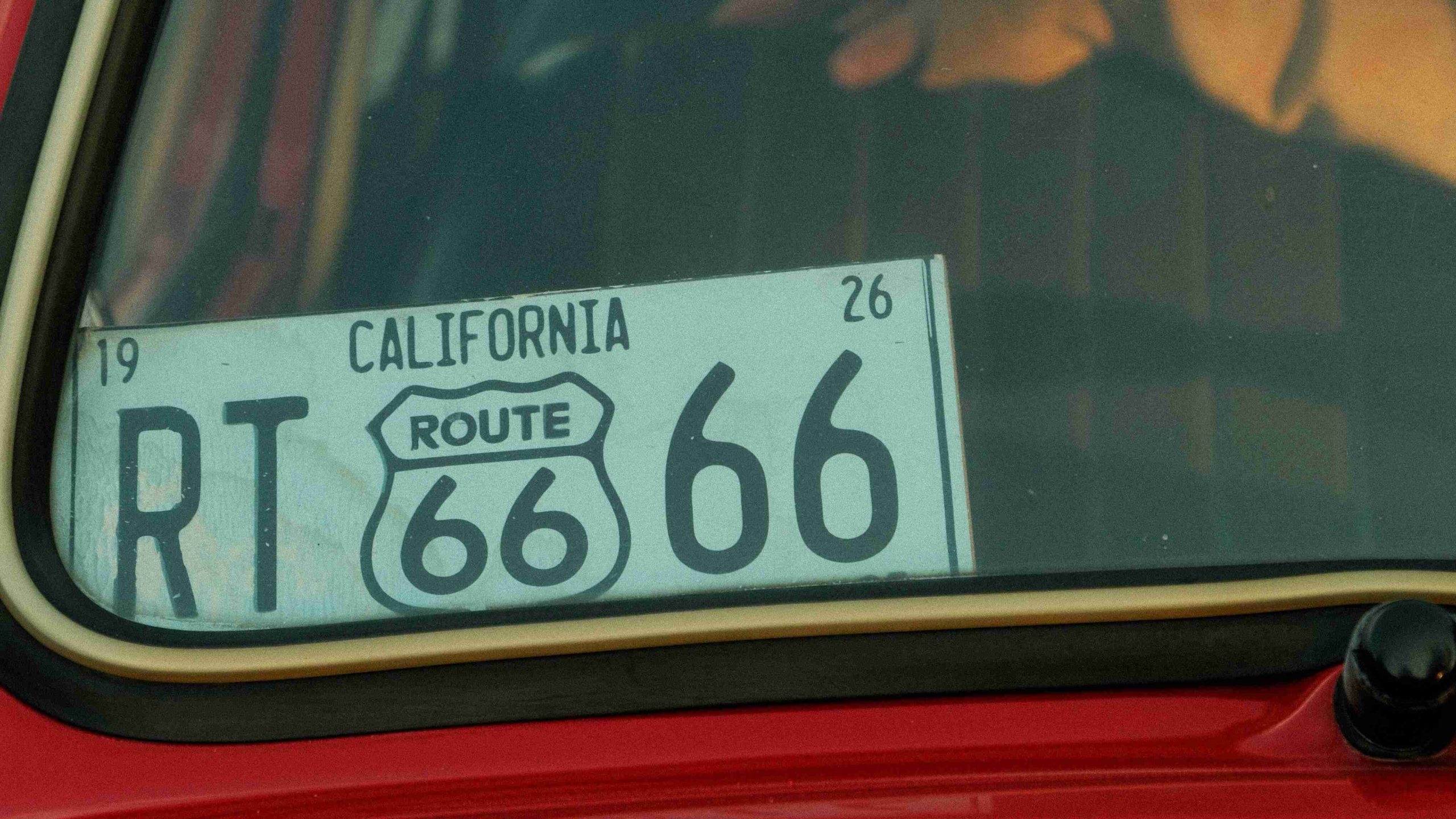 Buying a used car in California is exciting. But it can also be tricky. That shiny car might look perfect, but there could be problems hiding underneath. It might have flood damage, a rolled-back odometer, or even someone else’s unpaid loan.
Buying a used car in California is exciting. But it can also be tricky. That shiny car might look perfect, but there could be problems hiding underneath. It might have flood damage, a rolled-back odometer, or even someone else’s unpaid loan.
That’s exactly why a California DMV license plate check is so important. It helps you see the car’s true history. Did it get totaled and then rebuilt? Is there still a loan on it? You’ll find out before making any decisions. No surprises. No scams. Just peace of mind.
Stay Safe—Run a California License Plate Check Before You Buy
I’ll show you how to check a car’s title in this guide. You’ll learn what to look for and do if something seems off. Whether you’re buying, selling, or just curious, this check can save you stress and thousands of dollars.
What is a California DMV License Plate Check?
A California DMV license plate check lets you look up a vehicle’s background using its plate number. You’ll get important details from California DMV and other databases. These checks help reveal:
- Sales data
- Title history
- Past accidents and insurance claims
- Open safety recalls
- Odometer readings
- Theft reports
Why Should You Run a California DMV Plate Check?
Performing a California DMV license plate lookup helps both buyers and vehicle owners understand a car’s background. Here are some common scenarios where it’s especially useful:
1. Buying a Used Car
Before you sign the bill of sale, use the license plate to run a quick vehicle history check. This helps confirm if the vehicle has:
- A clean title
- Any accident damage
- Multiple prior owners
- Theft or lien records
2. Avoiding Scams
Scammers might fake documents or copy VIN numbers. A plate lookup can catch these tricks by comparing title records across databases.
3. Verifying Your Own Vehicle Info
If you just bought a vehicle, use this check to confirm your registration went through. You’ll catch any errors early.
4. Monitoring Recalls and Safety Notices
A plate search linked to the VIN can reveal recalls from the National Highway Traffic Safety Administration (NHTSA). You’ll know if your car needs free safety fixes.
What You Can Learn From a California License Plate Lookup
Here’s what a full report often includes:
| Info Type | What You Might See |
| Title Status | Clean, rebuilt, salvage, flood, or junk |
| Sales History | Number of owners and vehicle use (personal, rental) |
| Accident History | Dates, locations, and how serious the accidents were |
| Lien or Loan Info | If a lender still has a claim on the vehicle |
| Theft Reports | If the vehicle was stolen or recovered |
| Odometer Readings | Mileage reports and rollback warnings |
| Open Recalls | Unfixed recalls from the manufacturer or NHTSA |
Legalities of California DMV License Plate Check
The tool is legal, but there are rules to be followed. A law called the Driver’s Privacy Protection Act (DPPA) protects personal information. So, your report won’t include:
- The owner’s name
- Home address
- Phone number or email
You’ll still see useful vehicle data for legal reasons, like:
- Buying or selling
- Checking for title or lien problems
- Spotting fraud
Always use tools that follow the law and pull data from approved sources like NMVTIS and NHTSA.
How to Run a California DMV License Plate Check (Step-by-Step)
You don’t need to visit a DMV office or wait in line. Here’s how to get started in minutes:
Step 1: Get the Plate Number
Write down the full license plate number—letters and numbers—exactly as it appears on the car.
Step 2: Choose a Reputable Tool
Always use a trusted license plate lookup tool that works well with California DMV records. For the best results, pick one that uses data from NMVTIS-approved providers. These services—whether free or paid—give you accurate and up-to-date details about vehicle history.
Step 3: Enter the Plate and State
Type in the plate number and pick “California” as the state. The system will match it with DMV records and the vehicle’s VIN (Vehicle Identification Number).
Step 4: View Your Car Report
Within seconds, you’ll get access to a digital vehicle report containing:
- Title checks
- Accident and insurance claims
- Theft status
- Odometer readings
- Manufacturer recalls
- And more
Can I Look Up My Own Plate Number?
Yes, and many people do. It’s smart if you want to:
- Double-check your title status
- Confirm car info
- Spot any issues before a sale or move
This helps you fix problems before they grow bigger.
Frequently Asked Questions (FAQs)
Is this the same as a California VIN check?
Not exactly. A VIN check searches using the full vehicle identification number, while a license plate check starts with the plate but typically retrieves the VIN behind the scenes.
Does the California DMV offer this check directly?
The California DMV does not offer public license plate searches due to privacy laws. The closest alternative is the DMV’s vehicle registration renewal checker. You can also get vehicle history details through authorized NMVTIS data providers.
Can I find the vehicle owner with a plate check?
No. Due to privacy laws, owner details like name or address are restricted. You can still access vehicle-specific data like title, accident, and theft history.
Why a License Plate Check Matters
A California DMV plate check isn’t just helpful—it’s essential. It protects your wallet and your peace of mind. You’ll catch problems before they cost you time and money.
One quick plate search today can save you from expensive regrets tomorrow.